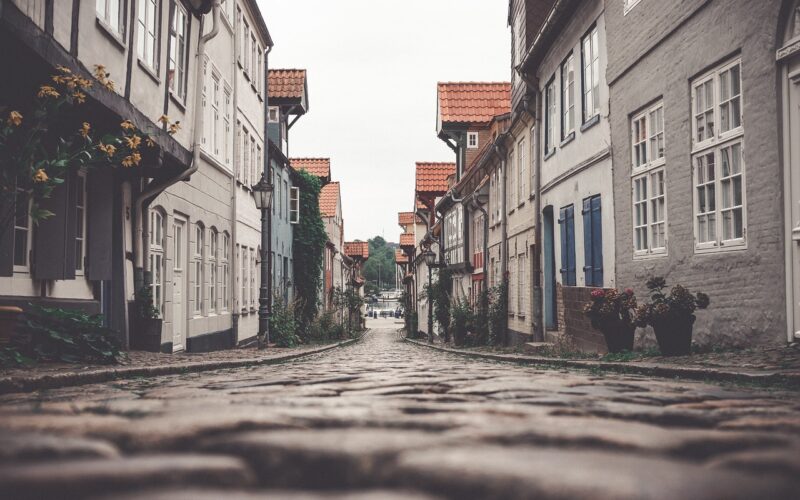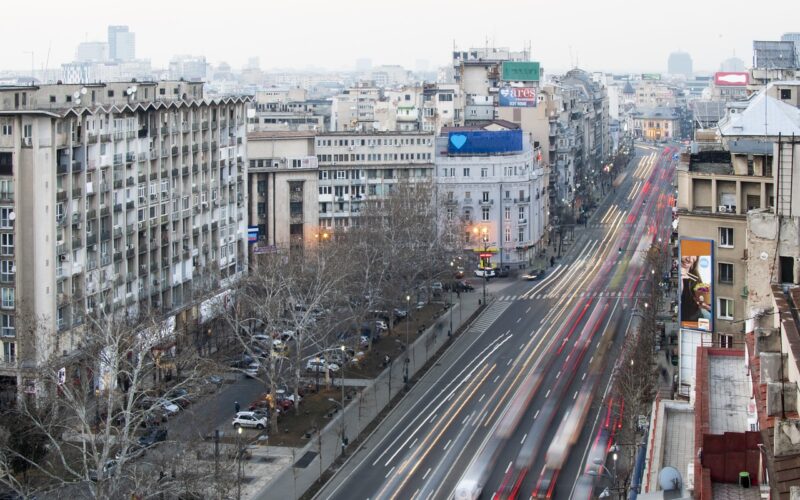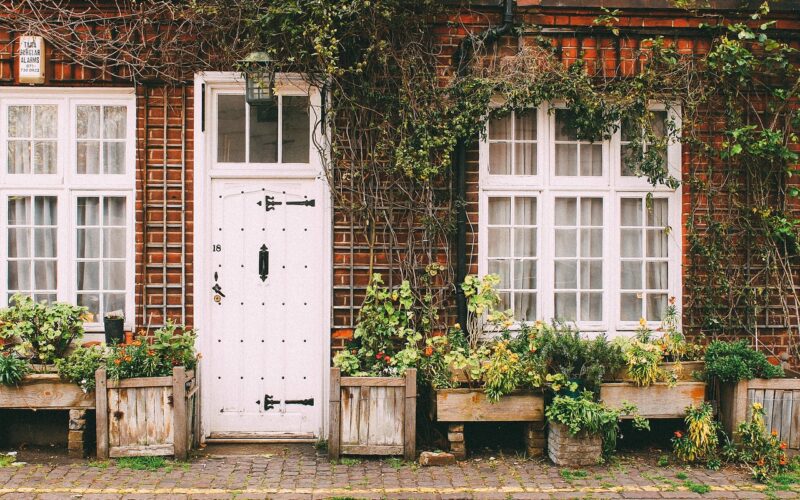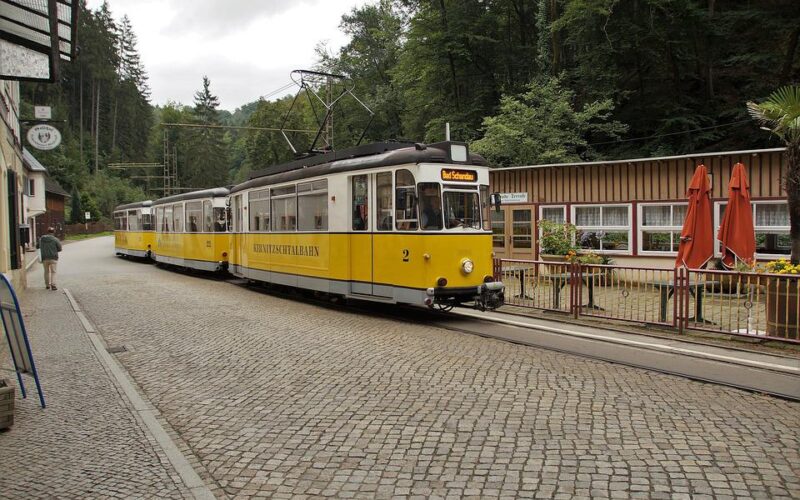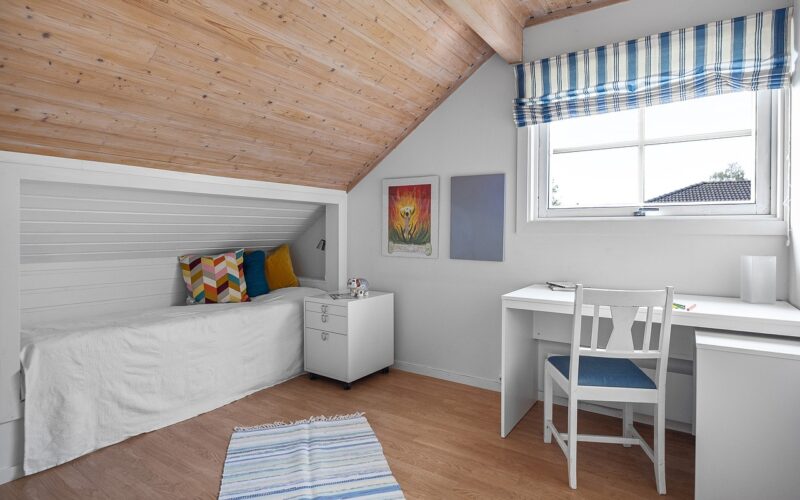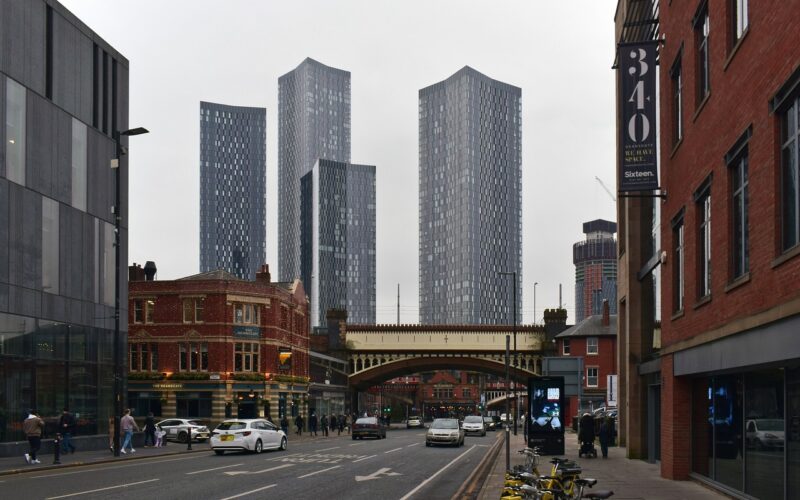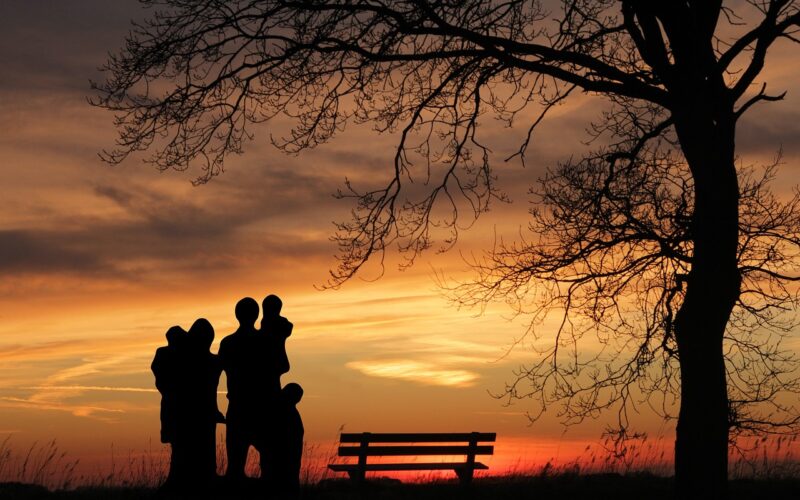The picture of a rundown town is all too familiar in various parts of the world. Where once vibrant streets teemed with activity, there now lies a canvas awaiting a fresh coat of communal spirit and economic vitality. Regenerating such a town is a task that often involves the dedicated efforts of planners, investors, and most importantly, the local community.
The founding blocks of regeneration
Regeneration begins by setting a solid foundation based on local needs and potential. This calls for an inclusive survey that gathers input from residents and businesses to understand the specific challenges and opportunities each town faces. Identifying these enables the drafting of a master plan that outlines vital infrastructural improvements, such as transportation access and utilities, as well as the revitalisation of public spaces. Building on these necessities creates a stable base from which the town can begin its transformation.
Engaging and empowering local communities
A successful regeneration project places the local community at its heart. It's essential to encourage community engagement through town hall meetings, workshops, and local groups that offer a platform for ideas and concerns to be shared. Such involvement not only brings valuable local knowledge to the table but also fosters a sense of ownership among the townsfolk, building momentum and support for the planned initiatives. Empowered residents are the key drivers of change, turning plans into action.
Cultural resurgence as a cornerstone
Culture plays a pivotal role in defining a town's identity and attractiveness. Revitalisation efforts should strive to celebrate and enhance local heritage sites, arts, and cultural activities. This could mean restoring historic buildings, creating art and performance spaces, and hosting cultural festivals. These endeavours not only stir pride among residents but also attract tourists and businesses, contributing to economic growth.
Economic stimulation through innovation and investment
Breathing new life into a rundown town requires an economic jumpstart. A multi-thronged approach involving business incentives, support for local entrepreneurs, and attracting outside investors can stimulate job creation and income streams. Encouraging innovation hubs, offering grants or tax breaks, and revamping commercial districts to appeal to new ventures are steps towards a diversified and resilient local economy.
Greening the urban landscape
Green spaces are linked to well-being and community cohesion, making them an integral component of town revitalisation. Planting trees, creating parks, and rehabilitating waterways not only improves the aesthetic appeal but also contributes to the health of both residents and the environment. Sustainable development practices should go hand in hand with these green initiatives to ensure long-term viability.
Reflections on a new beginning
Turning the tide for a rundown town is no small feat. It demands vision, action, and persistence. The measure of success lies not just in the physical facelift, but in the revived spirit and rebirth of opportunities for those who call the town home. When the community, authorities, and investors work in harmony, the revival of neglected urban areas can be both a beacon of hope and a blueprint for others to follow. Regeneration brings not merely a promise for a brighter future but marks the beginning of a new chapter steeped in history and enriched by the diversity of its people.
Revitalising a rundown town is as much about reclaiming its past glory as it is about forging a new, thriving community. The transformation these towns undergo can become an inspiring testament to what can be achieved when a collective vision is pursued with passion and determination.
